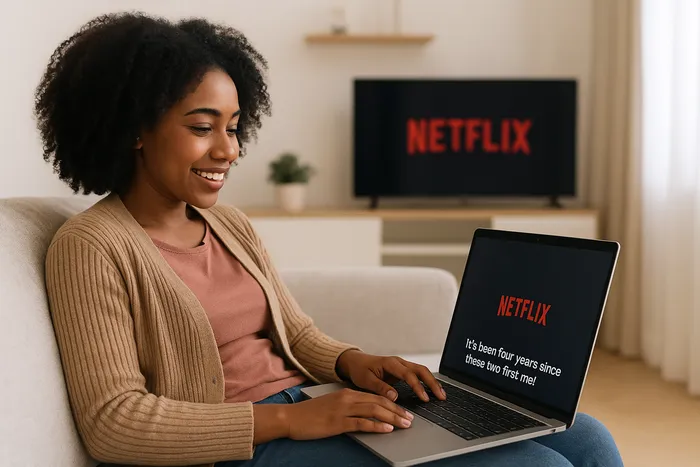Reading movies: How subtitles have taken over our screens

Subtitles have evolved from a niche tool to a necessity for millions, transforming our viewing habits in the streaming age.
Image: IOL AI
For the past four years, I’ve become so accustomed to reading movies and series on Netflix that it now feels strange to watch anything without captions.
Subtitles have become essential for me - perfect for those times when the environment is too loud, when it isn’t appropriate to have the sound on, or when I simply cannot make out an actor’s accent.
It turns out I am not alone. According to a recent study, 40% of people now use subtitles when watching TV.
Another poll revealed that around four in ten adults under 45 often use subtitles when watching films or series, compared with three in ten adults over 45.
How streaming changed the way we watch TV
For decades, captions were mainly associated with people who were hard of hearing, or with art-house cinemas screening foreign-language films. But with the explosion of streaming platforms, that changed almost overnight.
Streaming has transformed not only what people watch, but how and where they watch it.
Many young adults say they rely on subtitles because they often view content in noisy environments, while older audiences use them to better hear or understand what’s being said.
Now, like me, a growing number of viewers now watch everything with captions switched on.
According to Stagetext, a captioning company, 80% of 18–25-year-olds use subtitles at least some of the time.
Another firm, Preply, surveyed 1,200 people and found that half said they use captions most of the time.
The generational shift
The generational divide is striking: 70% of Gen Z respondents say they rely on subtitles regularly, compared with only 35% of Baby Boomers.
This cultural shift arises from several converging trends. Younger audiences have grown up surrounded by words on screens, from TikTok overlays to YouTube captions.
They’re also accustomed to watching shows on smaller devices like phones and tablets, where sound quality is often poor, making subtitles essential for following the action.
From noisy living rooms to silent commutes, subtitles are no longer a niche tool, they’ve become a central part of how we watch.
What once felt like an add-on has now become the default for millions of viewers worldwide.
IOL Entertainment